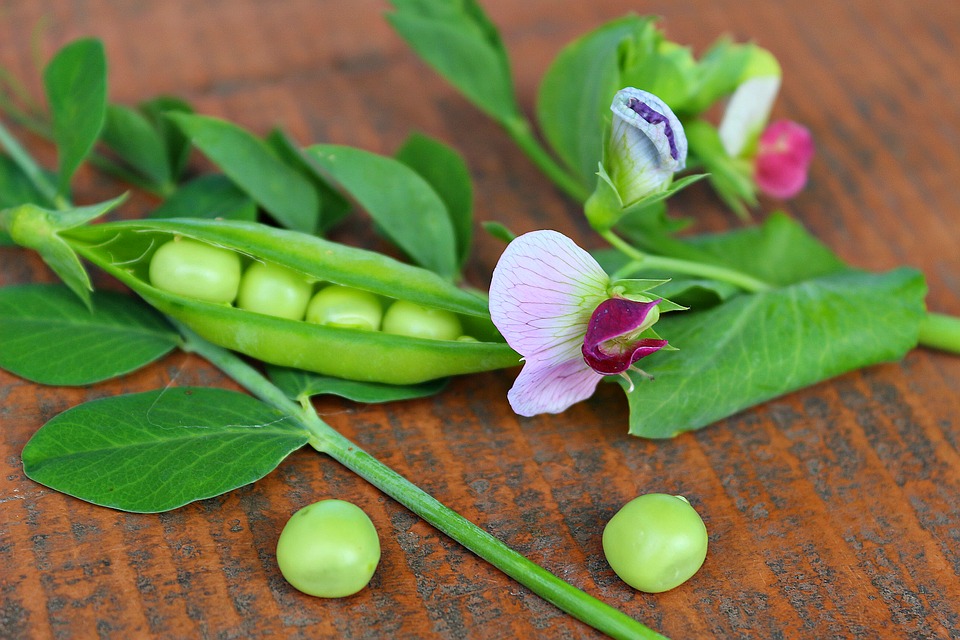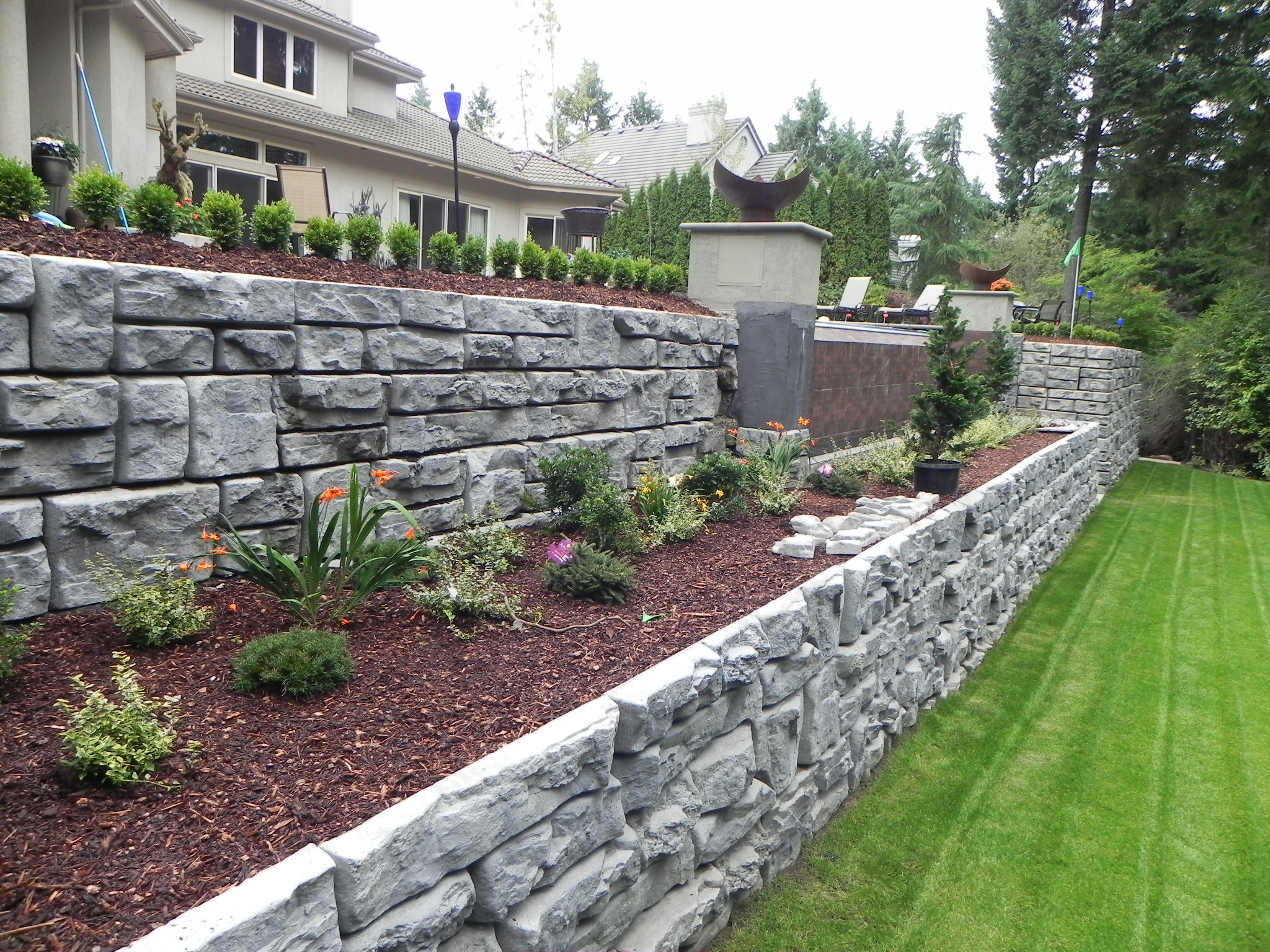Peas are very easy to grow and have the advantage of being one of the most satiating vegetables in the diet. They also contain vitamins A, C, B vitamins, and vitamin K, and are a source of fiber, protein, antioxidants, calcium, iron, copper, zinc, and manganese.
Pea Facts
- Peas have been cultivated for centuries. Seeds have even been found in Egyptian pyramids.
- Pea pods are also edible.
- One serving of peas contains as much vitamin C as two large apples and as much fiber as a slice of whole grain bread.
Pea Varieties to Grow
Like many vegetables, peas come in many varieties, from early to very early. Take your time and make the right choice.
Round, smooth peas are hardier than wrinkled ones, but the latter are sweeter.
Pea Cultivation Basics
To harvest good peas, you need all of the following:
- Pea seeds
- Growing pots or flowerpots if sowing indoors
- General-purpose culture medium
- Soil conditioner
- Plant shovel
- Pitcher
- Plant support/strap + plastic strap
- Fertilizer
- Mulch
- Bird netting
- Sowing and planting peas
When To Sow Peas?
When sowing peas directly in the field, choose spring (March to June) when the soil is warm enough, and the seedlings are not affected by a cold or late frost. Sowing in frozen soil will cause the seeds to rot.

Location
Peas prefer a sunny location and humus-rich soil. Also, allow enough space for varieties that grow a little taller. Before sowing, prepare the soil well by feeding it with an ample amount of compost or well-rotted manure.
If you choose two varieties, one early and one late, or sow every two weeks, you can harvest peas from June through October.
Plant pea seeds 2 cm deep and 6 cm apart (10 cm if you want to support them with a bamboo pole or trellis) in soil mixed with soil conditioner. Cover the seeds with soil and press down.
Plant Supports
As soon as the pea seedlings are about 6 cm tall, you can use plant supports. If you do not have the space, you can also grow peas in pots or in your vegetable garden.
Depending on the variety you choose, peas will be ready to harvest in 12 to 16 weeks. Once they begin to flower, give them plenty of water. Also, fertilize fruit and vegetable trees once a week.
Watering
Placing hemp leaves or mulch at the base of the pea plants will help retain moisture and reduce the frequency of watering. Check humidity regularly and water once a week.
Remember that birds also like peas. Therefore, protect them with nets and also protect the seeds until the seedlings are large enough.
How to Harvest Peas?
Do not wait too long to harvest peas once they begin to ripen. The younger they are, the more tender and sweet they are. Harvesting regularly will allow you to produce peas throughout the season. The more you harvest, the more you get!
Harvesting begins at the base of the plant, where the pods ripen the earliest, and works their way up. Cut the pods with scissors. Peas can be frozen, but they are best eaten fresh.

Pruning
At the end of the season, prune the leaves, but leave the roots. The roots retain nitrogen in the soil, ready for the next harvest.
How To Protect Peas From Disease and Pests?
Whether green or dark gray, aphids are never a good sign for peas. Sap sucking weakens the plant and puts the crop at risk. Therefore, keep an eye on your pea plants for signs of aphids. Methyl alcohol may be sufficient in some cases, but more serious problems may require a special organic vegetable insecticide.
Let us know if these few tips have helped you in the comments below!



